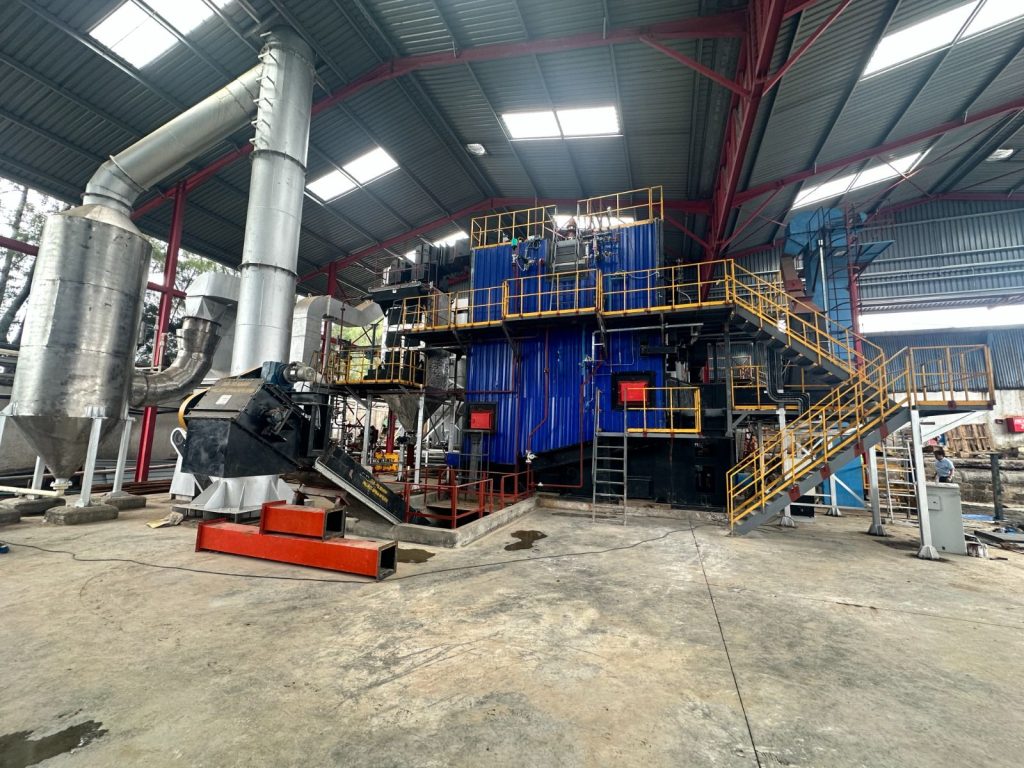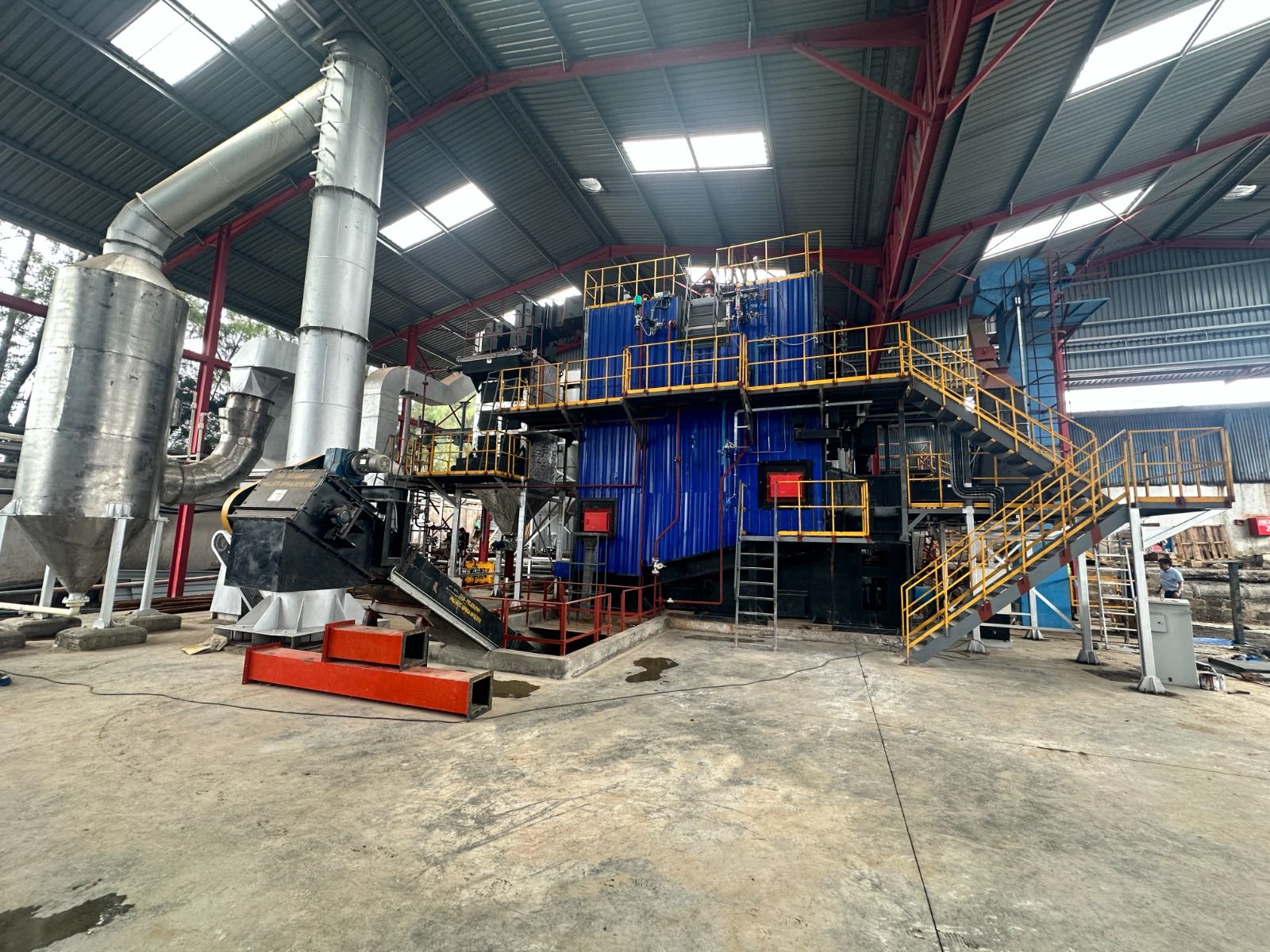In industrial operations, the steam system is often the beating heart of production. Whether it’s in food processing, pharmaceuticals, or manufacturing, the reliability and efficiency of your steam system can make or break your operation.
Yet, many facilities continue to operate with outdated systems that waste energy, compromise safety, and cost more in the long run. Upgrading isn’t just about keeping up with technology, it’s about unlocking savings, improving performance, and reducing risks. Here are five compelling reasons why investing in a modern steam system is a smart business decision.

1. Massive Energy Savings
Steam systems are notoriously energy-hungry when not properly optimized. Older systems lose heat through poorly insulated pipes, oversized boilers, and worn-out traps.
Modern steam systems use precision controls, better insulation, and efficient condensate return mechanisms to minimize energy loss. This results in lower fuel consumption and significantly reduced utility bills. In fact, businesses that upgrade their systems can often cut energy use by 10–30% or more.
If your facility is trying to hit sustainability targets or reduce its carbon footprint, upgrading your steam system is a powerful step in the right direction.
2. Improved Safety and Reduced Downtime
Steam leaks, pipe bursts, and pressure failures are not only costly, but they’re also dangerous. Old valves and fittings often corrode or degrade over time, increasing the risk of accidents and unscheduled shutdowns.
New systems are designed with advanced safety features like automated pressure controls, high-performance gaskets, and real-time monitoring. These upgrades help identify and address issues before they escalate into full-blown failures.
Fewer breakdowns also mean less downtime and less interruption to your production schedule, which protects your bottom line.
3. Better Process Control and Product Quality
In industries like food processing and pharmaceuticals, consistent steam quality is vital. Uncontrolled temperature or moisture levels can affect texture, safety, and shelf life. Old steam systems are prone to pressure fluctuations and uneven heat distribution.
An upgraded system allows engineers to fine-tune steam temperature and pressure levels with pinpoint accuracy. You get consistent heat delivery, better batch results, and a higher-quality product overall.
This kind of process control also reduces waste, which further contributes to profitability.
4. Easier Maintenance and Longer Lifespan
One of the most overlooked benefits of a modern steam system is how easy it becomes to maintain. Smart diagnostics, predictive maintenance alerts, and modular components make it easier to service and replace parts before they fail.
Instead of reactive repairs that lead to prolonged downtimes, modern systems support a proactive maintenance culture. This keeps your equipment running longer and more reliably.
Over time, the cost of maintenance decreases even as system performance improves. You extend the life of your investment while reducing unexpected costs.
5. Future-Readiness and Environmental Compliance
Regulations around emissions, safety, and energy use are becoming stricter. Facilities with older systems will soon find themselves scrambling to comply or paying heavy penalties.
New steam systems are designed to meet current environmental standards and are easier to upgrade as regulations evolve. Many also come with built-in compatibility for integration with IoT monitoring, data logging, and automation tools that give engineers greater visibility and control.
Upgrading today prepares your facility for tomorrow’s demands, both regulatory and operational.
A Real-World Partner: Spenomatic Kenya
At Spenomatic Kenya, we’ve worked hands-on with industries across East Africa to upgrade steam systems for greater efficiency, safety, and savings. Our engineering approach isn’t one-size-fits-all, we assess your current system, identify bottlenecks, and design custom upgrades based on your specific goals.
We’ve helped factories cut energy waste, improve process consistency, and stay compliant with international standards. Whether you’re dealing with pressure loss, leaking traps, or outdated controls, we offer practical solutions backed by decades of experience.
If you’re considering a steam system upgrade, let’s have a conversation about how we can help you do it right, on time and within budget.
In conclusion
Your steam system isn’t just a utility; it’s a critical part of your production. Running an outdated system drains resources, risks safety, and lowers product quality. Upgrading is an investment that pays off in energy savings, process stability, and peace of mind.
Modern steam systems offer precise control, enhanced safety, and long-term value. Don’t wait for a breakdown to realize it’s time for change. Make the smart move now and let your steam system start working for you, not against you.
FAQs
- How often should I upgrade my steam system?
While it depends on usage and industry, most systems need a major review or upgrade every 10–15 years. Early upgrades can prevent bigger failures and unlock savings. - What’s the ROI of upgrading a steam system?
Many businesses report full payback within 2 to 4 years through reduced energy bills, less downtime, and lower maintenance costs. - Is it possible to upgrade just parts of the system?
Yes. You can start with high-impact upgrades like steam traps, insulation, or controls and phase the rest over time. - What are the warning signs my system needs an upgrade?
Rising energy bills, inconsistent heating, visible steam leaks, and frequent maintenance issues are key signs your system is outdated. - Does Spenomatic Kenya handle installation and servicing?
Yes, we handle complete system upgrades, from audit and design to installation and maintenance, ensuring your upgrade delivers real results.

